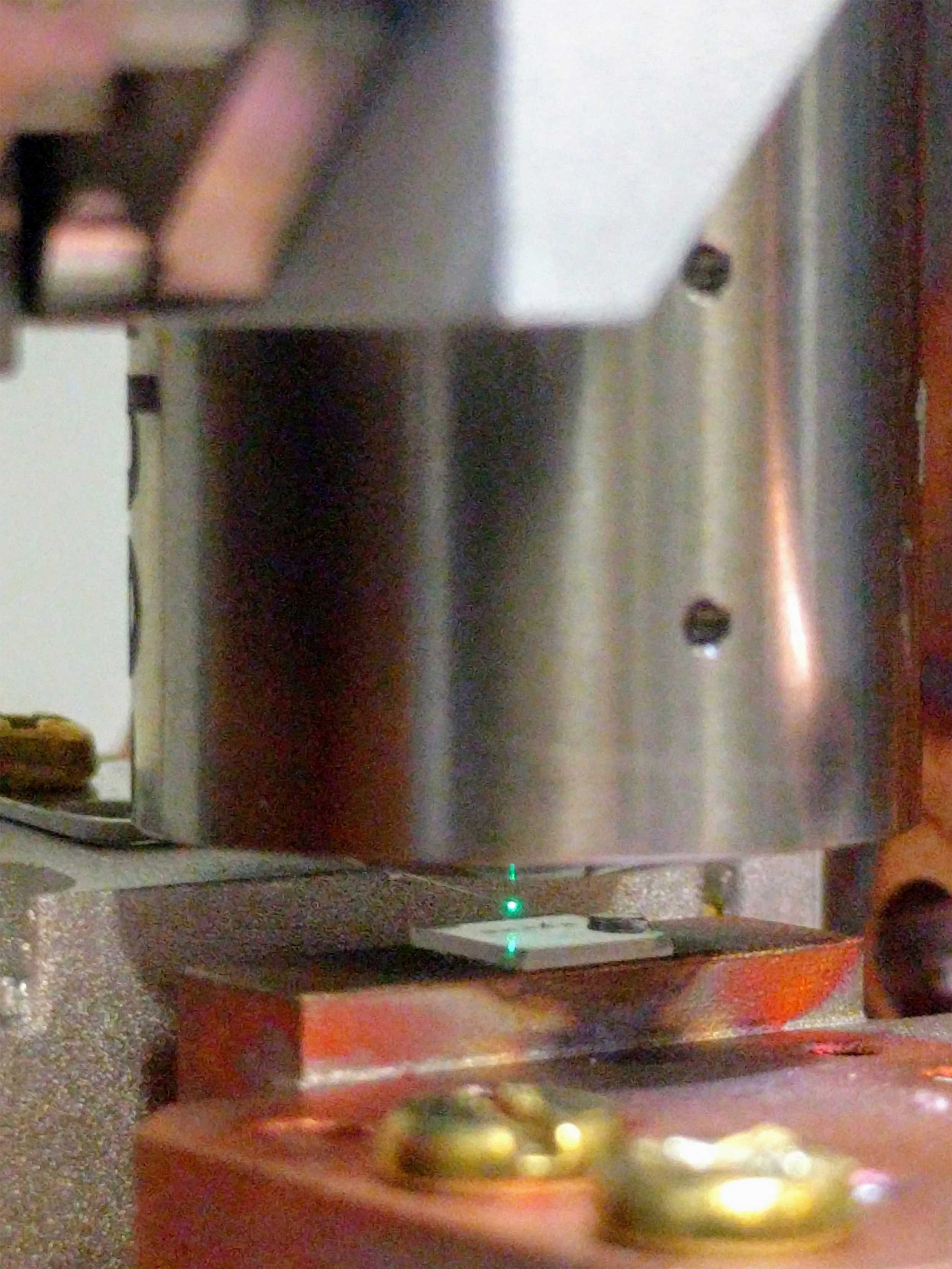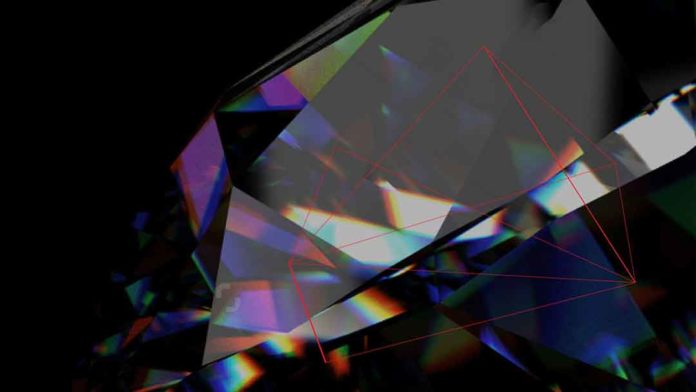In computers, binary digits interact and hand off data for processing. Similarly in quantum computing, qubits i.e., quantum bits must interact to process the data.
But during the qubits interaction- they also tend to interact with their environment. Thus, resulting in qubits that quickly lose their quantum nature. To solve this problem with qubits, a Harvard student named Ruffin Evans turned to particles mostly known for their lack of interactions— photons.
He demonstrated a method that allows an interaction between two qubits using photons.
Along with his colleagues, he started creating two qubits using silicon-vacancy centers— atomic-scale impurities in diamonds. They then put them inside a nano-scale device known as a photonic crystal cavity, which behaves like two facing mirrors.
Evans said, “The chance that light interacts with an atom in a single pass might be very, very small, but once the light bounces around 10,000 times, it will almost certainly happen. So one of the atoms can emit a photon, and it will bounce around between these mirrors, and at some point, the other atom will absorb the photon.”
“The transfer of that photon doesn’t go only one way, though. The photon is actually exchanged several times between the two qubits. It’s like they’re playing hot potato; the qubits pass it back and forth.”

Though the notion of creating interaction between qubits isn’t new, there are two factors that make the new study unique:
- The key advance is that operating with photons at optical frequencies, which are usually very weakly interacting. As fiber optics are used for data transfer, it is possible to send light through a long fiber with basically no attenuation. Thus, this platform is exciting for long-distance quantum computing or quantum networking.
- And as the system operates at a low temperature, t is less complex than approaches that require elaborate systems of laser cooling and optical traps to hold atoms in place.
Evans said, “Even though this sort of interaction has been realized before, it hasn’t been realized in solid-state systems in the optical domain. Our devices are built using semiconductor fabrication techniques. It’s easy to imagine using these tools to scale up to many more devices on a single chip.”
“Two main directions for future research. The first involves developing ways to exert control over the qubits and building a full suite of quantum gates that would allow them to function as a workable quantum computer.”
“Ultimately the work could have wide-reaching impacts on the future of computing.”
“Everything from a quantum internet to quantum data centers will require optical links between quantum systems, and that’s the piece of the puzzle that our work is very well-suited for.”
The study is described in the journal Science.
